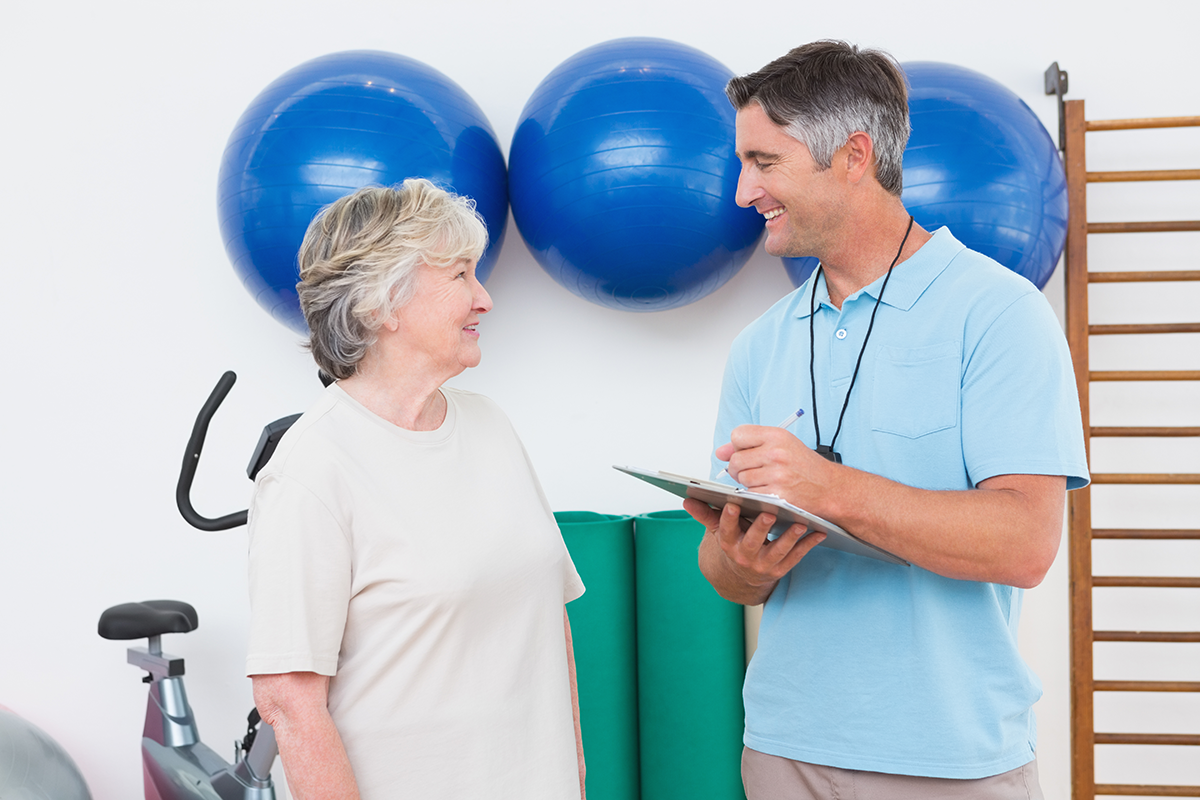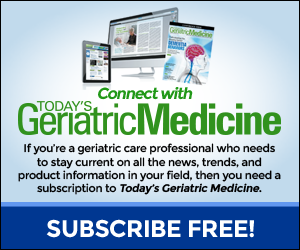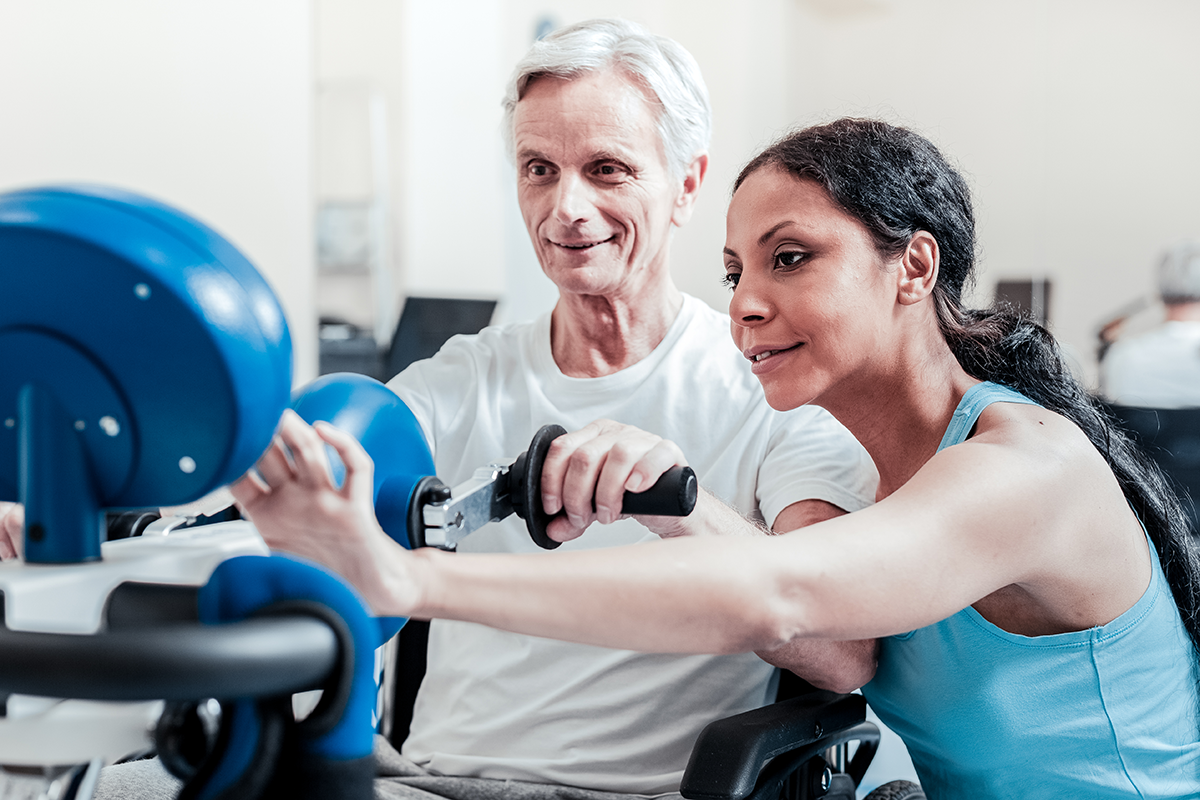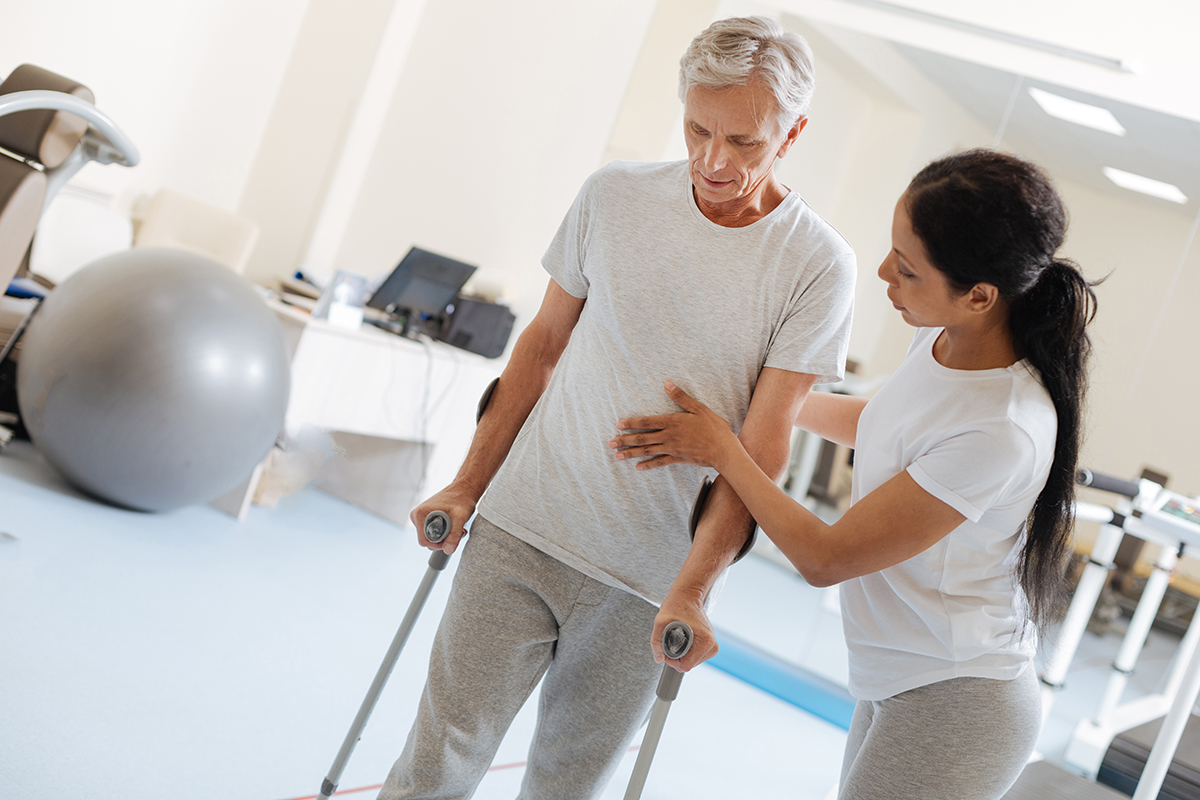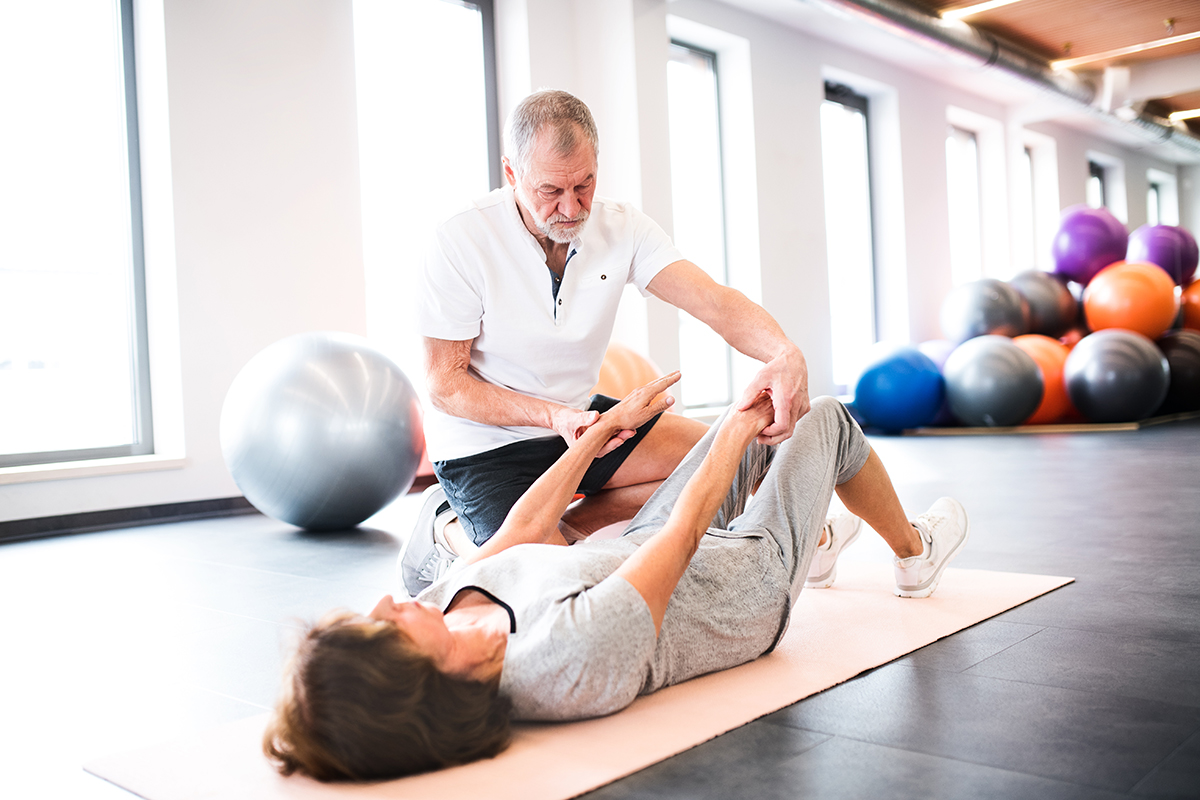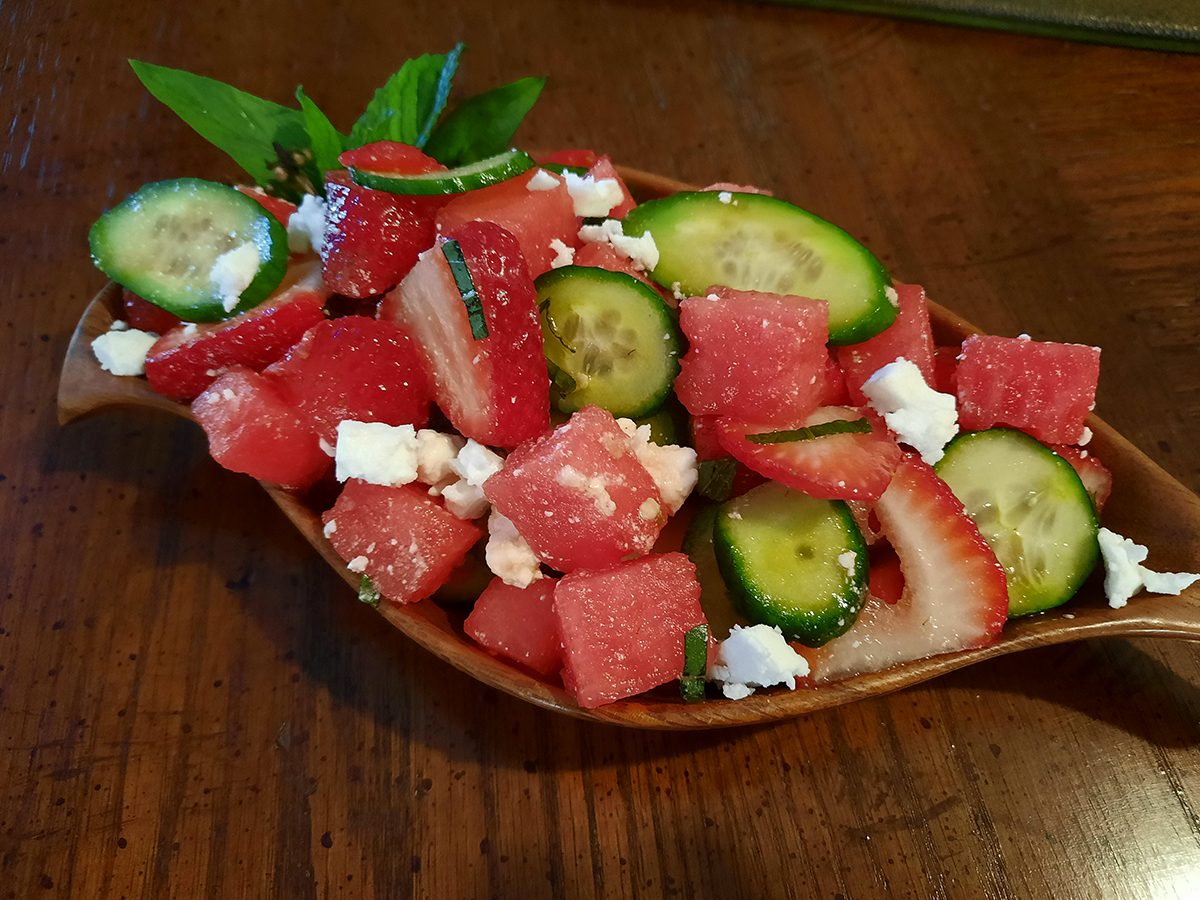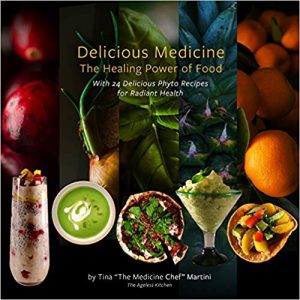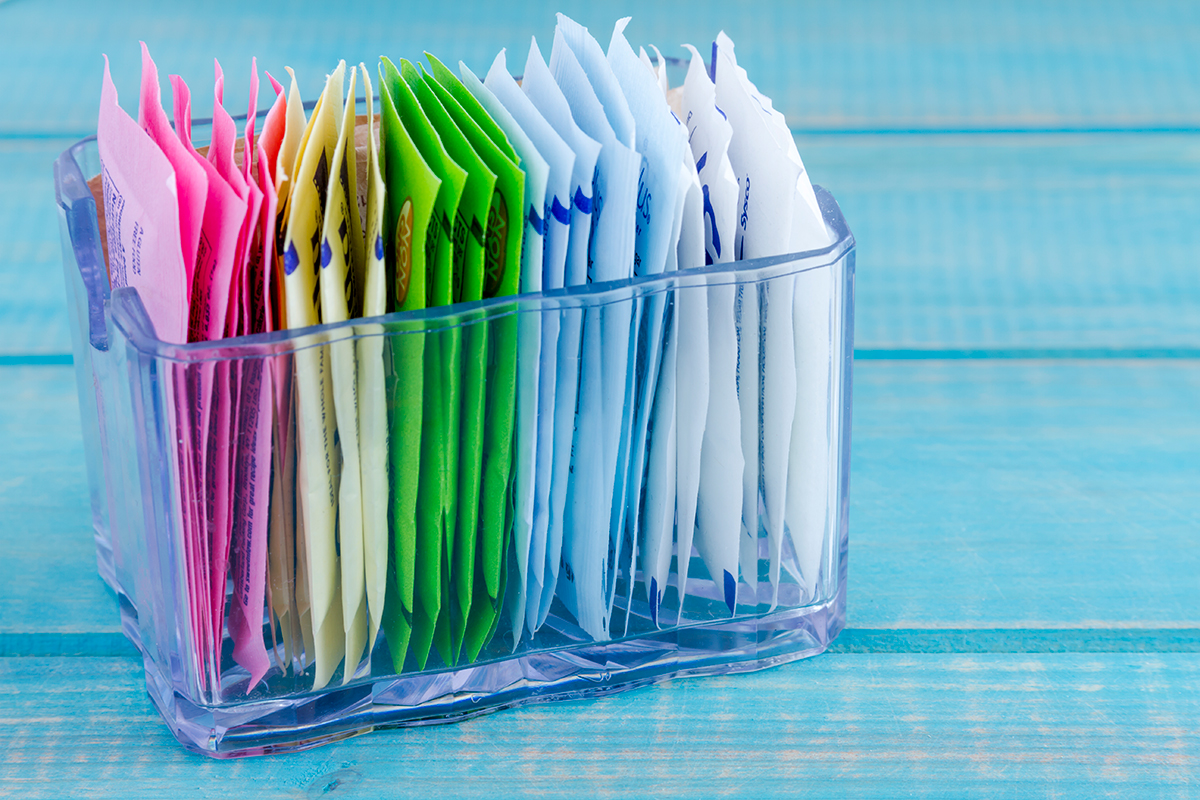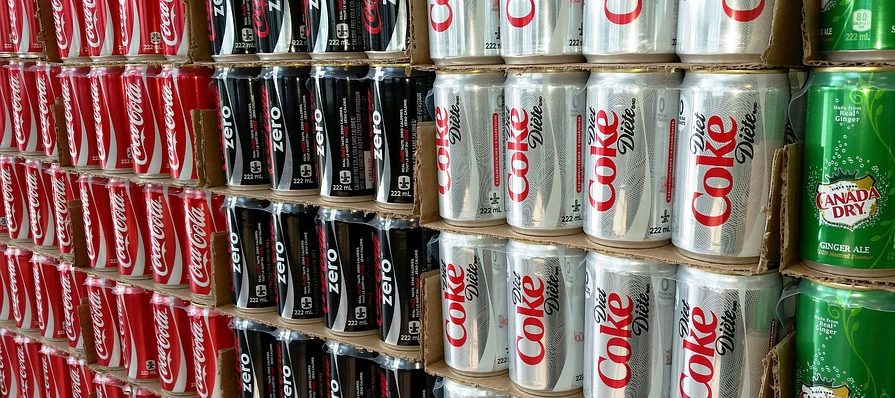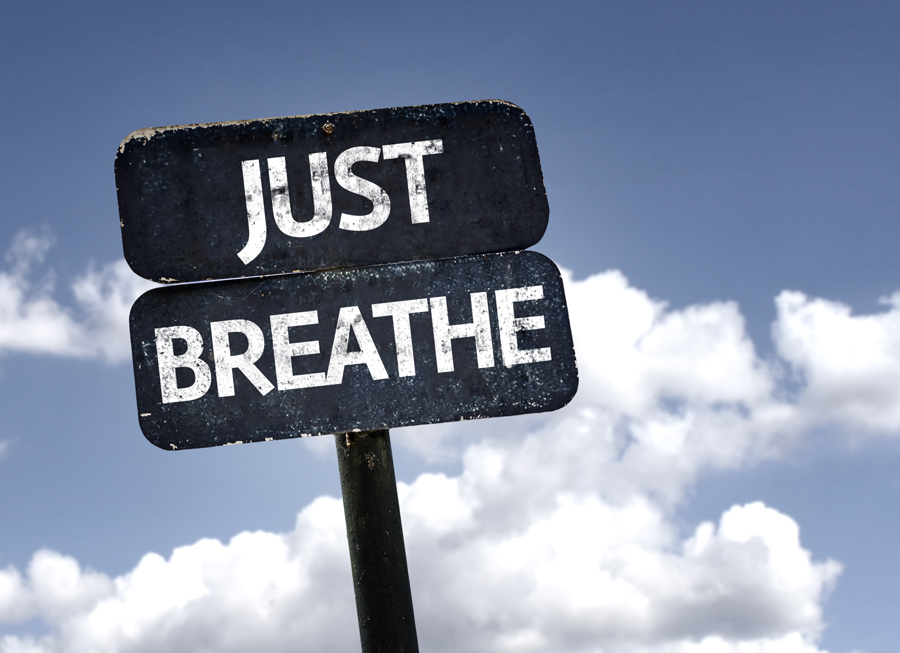Healthy Pregnancy Weight Gain Guidelines
One of the most frequent questions pregnant women ask is, “How much weight should I gain during pregnancy?”. This is an important issue, as gaining too much or too little weight can adversely affect fetal growth, birth outcomes and affect the health of the mother.
Research has shown that excessive gestational weight gain can adversely affect fetal growth and increases the risk of cesarean delivery and larger for gestational age births and childhood obesity. Lack of adequate weight gain can negatively affect fetal growth and development and increase the risk of preterm labor and low birthweight babies.

The American College of Obstetricians and Gynecologists recommends the following ranges for weight gain during pregnancy. Keep in mind that these are general guidelines; the pregnant client and healthcare provider should determine what’s best for her pregnancy. The health and growth of the fetus may affect what the healthcare provider determines to be a woman’s healthiest weight gain range and that amount can vary as pregnancy progresses.
ACOG Guidelines for Weight Gain During Pregnancy
Pre-Pregnancy BMI / Recommended Gain
- Underweight (Less than 18.5): 28-40 lbs
- Normal Weight (18.5-24.9): 25-35 lbs
- Overweight (25-29.9): 15-25 lbs
- Obese (30 and higher): 11-20 lbs
A pregnant woman’s diet and exercise level play an important role in keeping weight gain within healthy limits. It’s important to stress that, on average, only 300 extra calories a day are needed to fulfill the energy needs of pregnancy. If a woman gains in excess of what her healthcare provider recommends, she should keep a food record for several days to see if she’s taking in too many calories. It can be helpful for her to get a referral to a registered dietician to help determine how to maintain a healthy weight gain.
Catherine Cram, MS, is the owner of Comprehensive Fitness Consulting, LLC, a company that provides pre- and postnatal fitness certifications and information to hospitals, health/wellness organizations, and the military. Comprehensive Fitness Consulting offers innovative, evidence-based information to pregnant and postpartum women and their health/fitness providers.
References
- BMI Calculator: https://www.nhlbi.nih.gov/health/educational/lose_wt/BMI/bmicalc.htm
- American College of Obstetricians and Gynecologists Committee Opinion Number 548. January 2013 (Reaffirmed 2020)
- liu P, Xu L, Wang Y, et al. Association between perinatal outcomes and maternal pre-pregnancy body mass index. Obes Rev 2016;17:1091–102.

